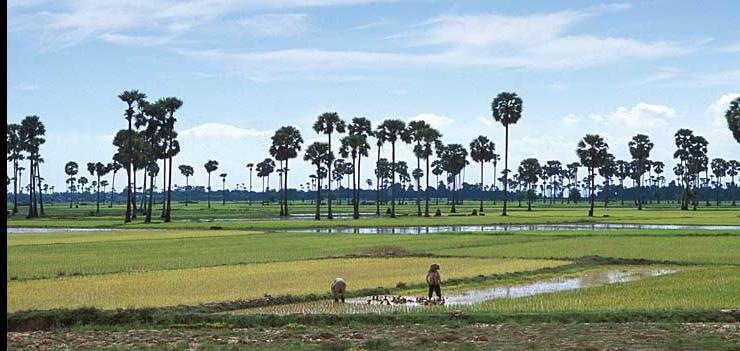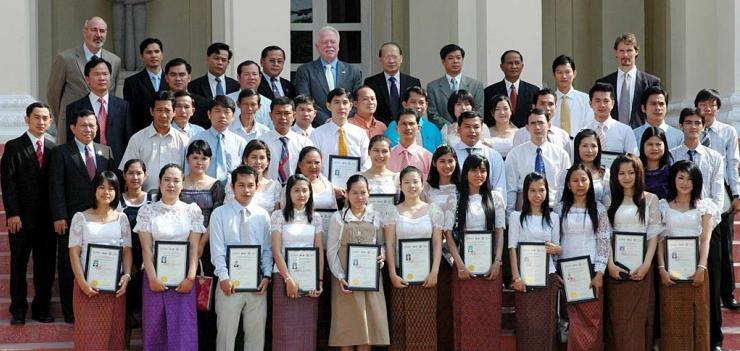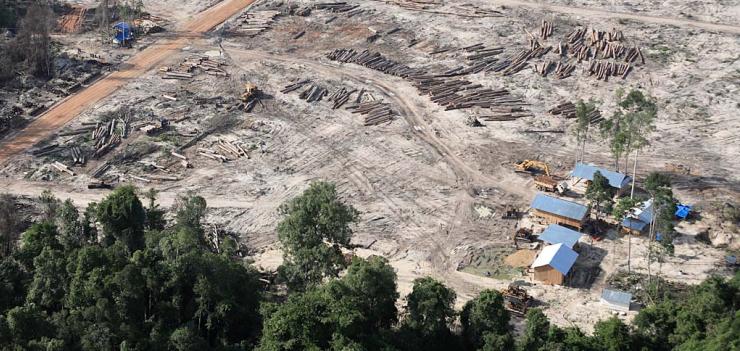Cambodia Biodiversity Protection Program
Cambodia is home to a wealth of natural resources and diverse ecosystems, yet it has one of the worst deforestation rates in the world. Rich, powerful developers are rapidly transforming Cambodia’s forests into plantations and mining operations. This unbridled exploitation of natural resources threatens the economic and social fabric of Cambodia’s forest-dependent communities, especially its indigenous minorities. Recognizing that community-based initiatives represent one of the greatest hopes for change in Cambodia, USAID has provided EWMI’s Program for Rights and Justice in Cambodia (PRAJ) with funding to create a unique biodiversity protection program. This program is built upon the grassroots human rights initiatives PRAJ has supported in the past and proceeds from the premise that the people most able and most motivated to protect and manage these precious forest resources are the people whose livelihoods and cultural survival depend upon them.
The biodiversity protection program seeks to improve the natural resource management of some of Cambodia’s most threatened ecosystems through a three-pronged approach: grassroots advocacy support, national network building and legal advocacy support. The targeted ecosystems are four large, biodiverse areas that cover a number of provinces in Cambodia: 1) Prey Lang Forest, which is under threat from mining, logging, plantations and other economic land concessions, planned social concessions, poaching and hydropower dams on the Mekong River; 2) Phnom Aurel, which is under threat from logging, plantations and other economic land concessions, poaching, resort development, and dams; 3)Mondulkiri, which is under threat from gold mining, bauxite mining, plantations, land grabbing, and poaching; and 4) Rattanakiri, which is under threat from gold mining, border development, hydropower dams, industrial plantations, logging.




